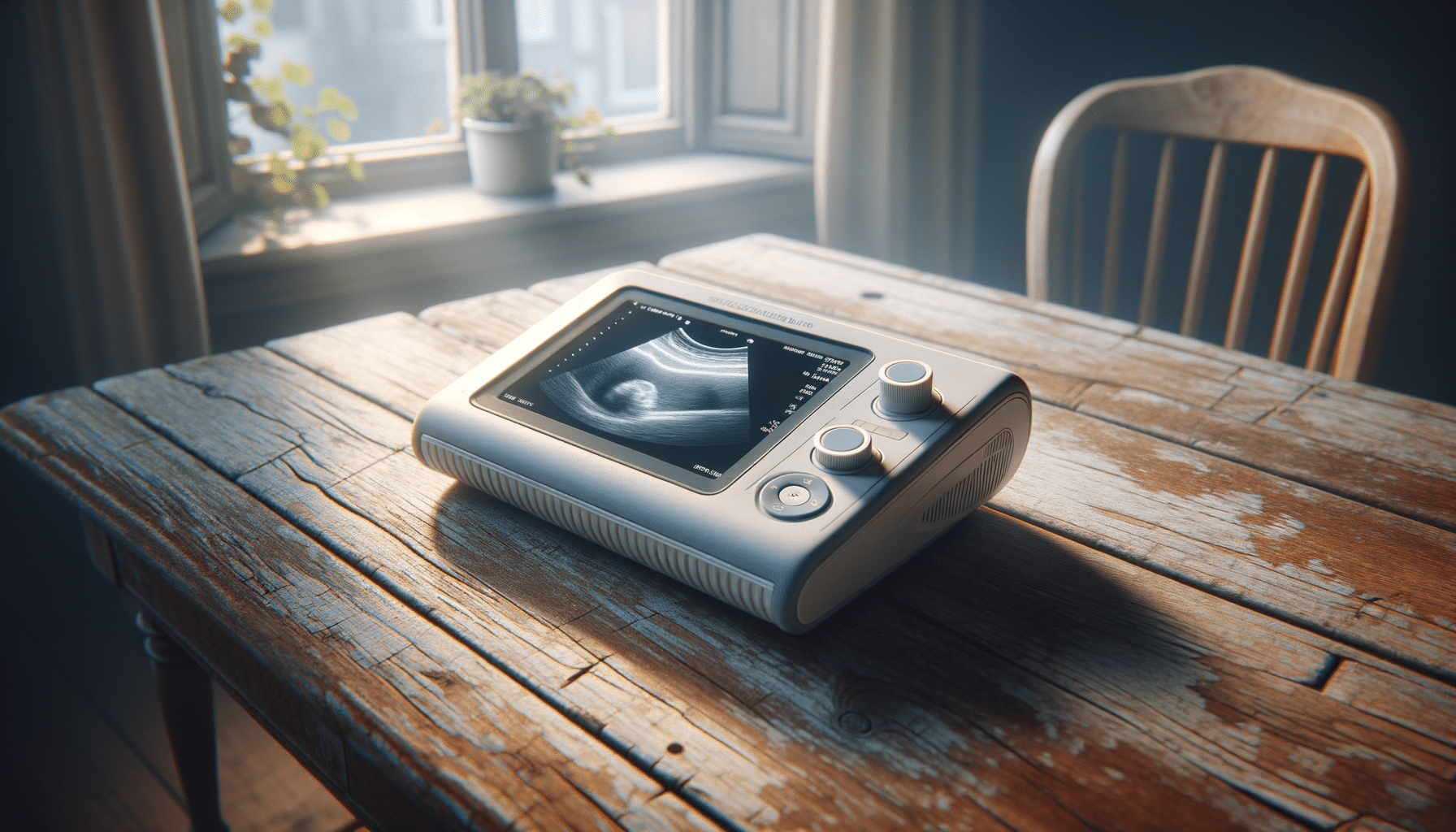
How portable ultrasounds are quietly changing home health checks
Introduction to Portable Ultrasound Machines
In recent years, portable ultrasound machines have emerged as a transformative tool in the medical field, providing unprecedented access to diagnostic imaging. These compact devices offer a convenient solution for healthcare professionals, enabling them to conduct thorough examinations without the need for cumbersome equipment. The rise of portable ultrasounds is particularly significant in settings where mobility and quick access to imaging are crucial, such as in emergency care, remote locations, and home health visits.
The convenience and versatility of portable ultrasound machines have led to their widespread adoption across various medical disciplines. They are especially popular in fields such as obstetrics, where real-time imaging can provide critical insights into fetal development, and in sports medicine, where they assist in the rapid diagnosis of injuries. As technology continues to advance, these devices are becoming more sophisticated, offering features that rival traditional ultrasound machines while maintaining their portability.
Understanding Home Care: Portable Ultrasound Devices Explained
Home care has been revolutionized by the advent of portable ultrasound devices, which allow for comprehensive diagnostic capabilities in the comfort of one’s home. These devices are designed to be user-friendly and compact, making them ideal for home visits by healthcare providers or even for personal use in some cases. The ability to conduct ultrasounds at home can significantly enhance patient care, particularly for individuals with chronic conditions or limited mobility.
Portable ultrasound devices in home care settings can be used for a variety of purposes, including monitoring pregnancy, assessing cardiac conditions, and evaluating musculoskeletal injuries. Some models are equipped with wireless connectivity, enabling healthcare professionals to share images and data with specialists in real-time, facilitating prompt and informed decision-making. This feature is particularly beneficial in rural or underserved areas where access to specialized medical care may be limited.
The integration of portable ultrasound devices into home care not only improves patient outcomes but also reduces the need for hospital visits, which can be costly and time-consuming. By providing reliable imaging solutions at home, these devices empower patients and caregivers to take a more active role in managing health conditions.
The Rise of Handheld Ultrasound Scanners
Handheld ultrasound scanners represent the latest evolution in medical imaging technology, offering a level of portability and convenience that was previously unimaginable. These devices, often resembling a smartphone or tablet, are equipped with advanced imaging capabilities that allow healthcare professionals to perform detailed examinations on the go. The compact size and intuitive interface of handheld scanners make them an excellent choice for a wide range of medical applications.
One of the key benefits of handheld ultrasound scanners is their ability to provide immediate diagnostic information. In emergency situations, where time is of the essence, these devices can be used to quickly assess injuries, guide treatment decisions, and improve patient outcomes. Additionally, their portability makes them ideal for use in remote or resource-limited settings, where traditional imaging equipment may not be available.
Handheld ultrasound scanners are also gaining popularity among non-traditional users, such as veterinarians and researchers, due to their versatility and ease of use. As technology continues to advance, we can expect to see even more innovative applications for these devices, further expanding their role in healthcare and beyond.
Comparing Portable Ultrasound Machines to Traditional Systems
When comparing portable ultrasound machines to traditional systems, several key differences emerge that highlight the advantages of their compact counterparts. Traditional ultrasound machines are typically larger, more expensive, and require dedicated space for installation and operation. In contrast, portable devices are designed for mobility, allowing them to be used in a variety of settings without the need for specialized infrastructure.
Despite their size, portable ultrasound machines offer high-quality imaging capabilities that rival those of traditional systems. Advances in technology have enabled these devices to deliver clear, detailed images that are essential for accurate diagnosis and treatment planning. Additionally, many portable models feature advanced functionalities, such as color Doppler and 3D imaging, which were once exclusive to larger systems.
Another advantage of portable ultrasound machines is their cost-effectiveness. The lower price point of these devices makes them accessible to a wider range of healthcare providers, including small clinics and private practices. This affordability, combined with their versatility and ease of use, has contributed to the growing popularity of portable ultrasounds across the medical field.
Conclusion: The Future of Portable Ultrasound Technology
The future of portable ultrasound technology is bright, with ongoing advancements promising to further enhance their capabilities and applications. As these devices become more sophisticated, they will continue to play a crucial role in improving access to quality healthcare, particularly in underserved areas. Their ability to provide fast, accurate diagnostic imaging makes them an invaluable tool for healthcare professionals and patients alike.
Looking ahead, we can expect to see further integration of portable ultrasound technology into telemedicine and remote monitoring solutions. This will enable even greater connectivity between patients and healthcare providers, facilitating timely interventions and improving overall health outcomes. As the demand for portable ultrasound machines continues to grow, so too will the innovations that drive this exciting field forward.


